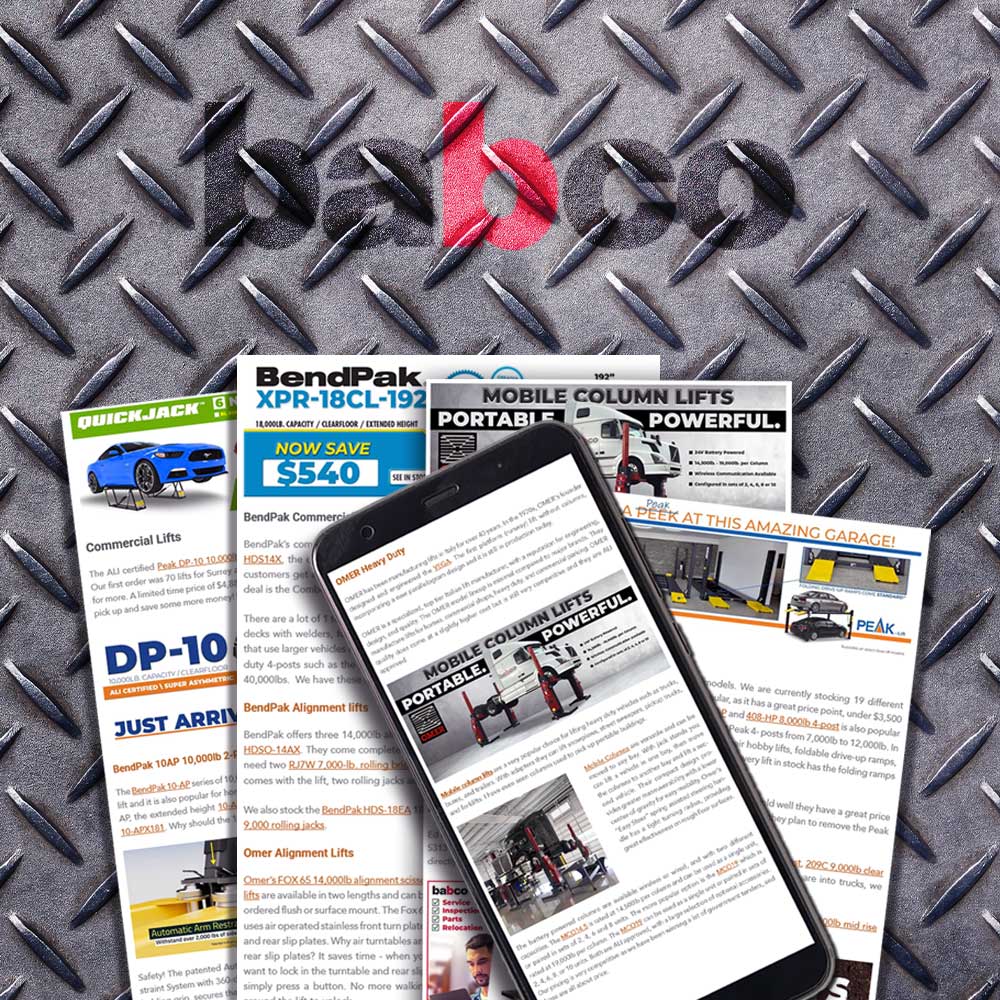QUICKJACK FAQ
Frequently Asked Questions
Do not drive on top of the frames. Driving on frames could cause damage and void warranty.
As long as the mechanical safety locks are engaged, you can leave a vehicle raised on a QuickJack lift indefinitely.
You can operate QuickJack outdoors, but the power unit must be covered from moisture or dust. Power units that become defective from improper use outdoors are not covered under warranty.
No the left and right side are purchased as a set
Most residential or commercial concrete foundations are strong enough to support a QuickJack. If using on asphalt or compacted and dry dirt paddock areas use 3/4" plywood under each jack frame. A level floor with 2 degrees of slope is suggested for safe use.
Hydraulic fluid is to be supplied by the end-user only and will be required for operation. ATF is recommended and can be purchased at any automotive store
No, The portable power unit is electric over hydraulic and contains a built-in flow divider that ensures equal fluid pressure is given to both cylinders
Priming the pump pushes hydraulic fluid into the system. On rare occasions, there may not be enough hydraulic fluid in the system for the pump to produce force. Priming the pump usually resolves this issue. To prime the pump: On the power unit, remove the relief valve, then place a rag over the cavity and hold it there.
Press Up on the pendant control for a few seconds (until you feel pressure on the rag).
Reinstall the relief valve.
No. QuickJack lifts are designed to lift an entire vehicle using both frames to engage the lifting points. Any attempt to alter this configuration is dangerous and will void your warranty.
The QuickJack is designed and engineered to be used with the weight of a vehicle on it. You should only raise the QuickJack frames with the weight of a vehicle on them, even the very first time you use them
QuickJack portable lifts max out at 7,000 lbs. rated load capacity — that’s enough to handle a full-size pickup like an F-150 or a Ram 1500. Once you start getting into heavy-duty pickups and work trucks, the lift components would have to be so big to handle the load that the life wouldn't be portable anymore.


